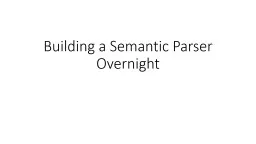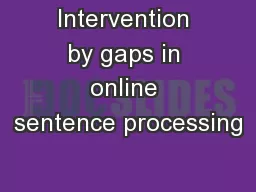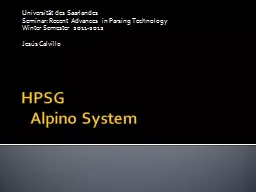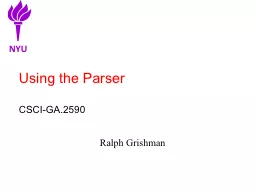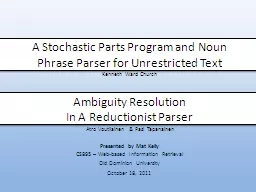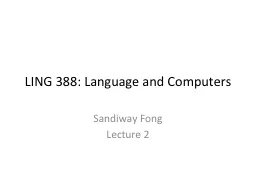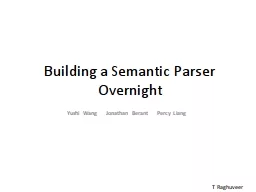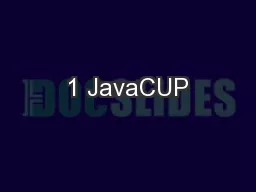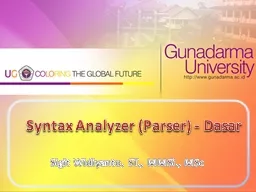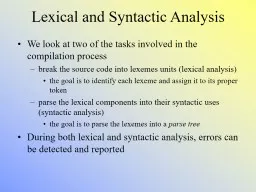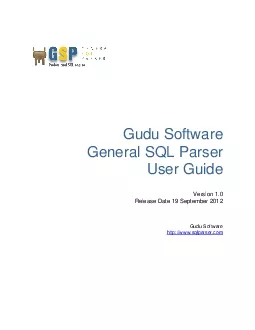PPT-Building a Semantic Parser Overnight
Author : karlyn-bohler | Published Date : 2017-08-04
Overnight framework Which country has the highest CO2 emissions Which had the highest increase since last year What fraction is from the five countries with highest
Presentation Embed Code
Download Presentation
Download Presentation The PPT/PDF document "Building a Semantic Parser Overnight" is the property of its rightful owner. Permission is granted to download and print the materials on this website for personal, non-commercial use only, and to display it on your personal computer provided you do not modify the materials and that you retain all copyright notices contained in the materials. By downloading content from our website, you accept the terms of this agreement.
Building a Semantic Parser Overnight: Transcript
Download Rules Of Document
"Building a Semantic Parser Overnight"The content belongs to its owner. You may download and print it for personal use, without modification, and keep all copyright notices. By downloading, you agree to these terms.
Related Documents

